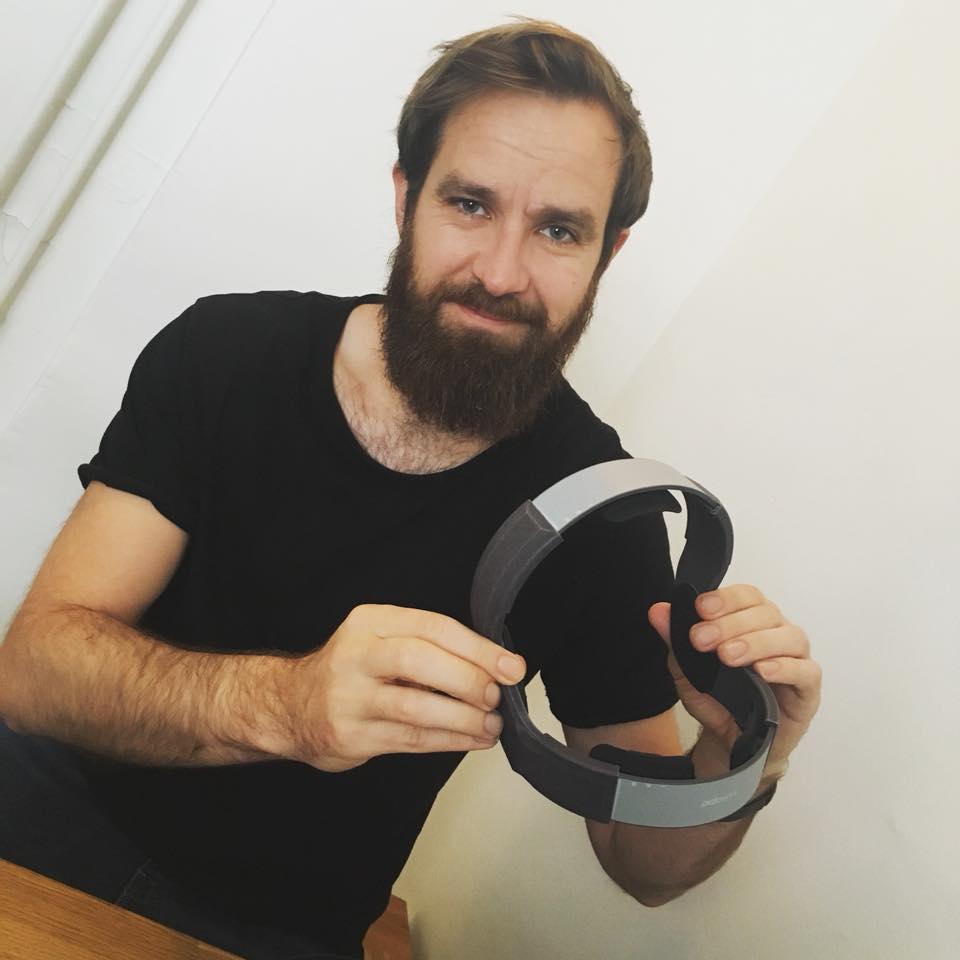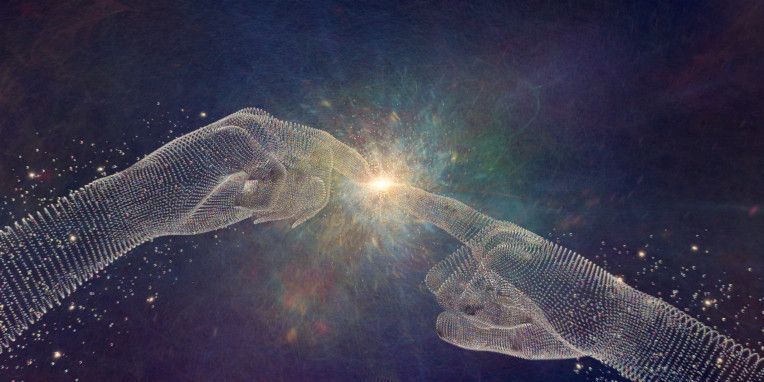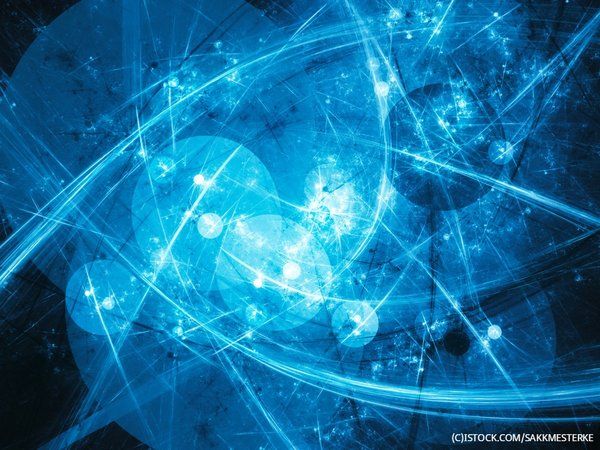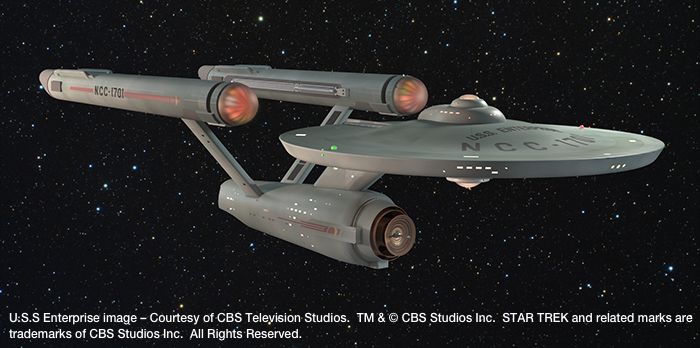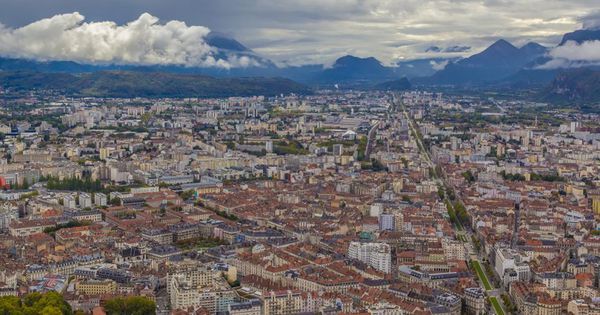Judging by the breathless coverage, it can seem as if the only countries developing A.I. are the United States and China. But while companies in those two countries are leading the way in cutting-edge research and products, it’s still early for the industry and other nations are working hard to become major A.I. players. Here are six that could challenge the two juggernauts.
From Singapore to Israel, countries besides the United States and China are striving to play a role in the field of artificial intelligence.

